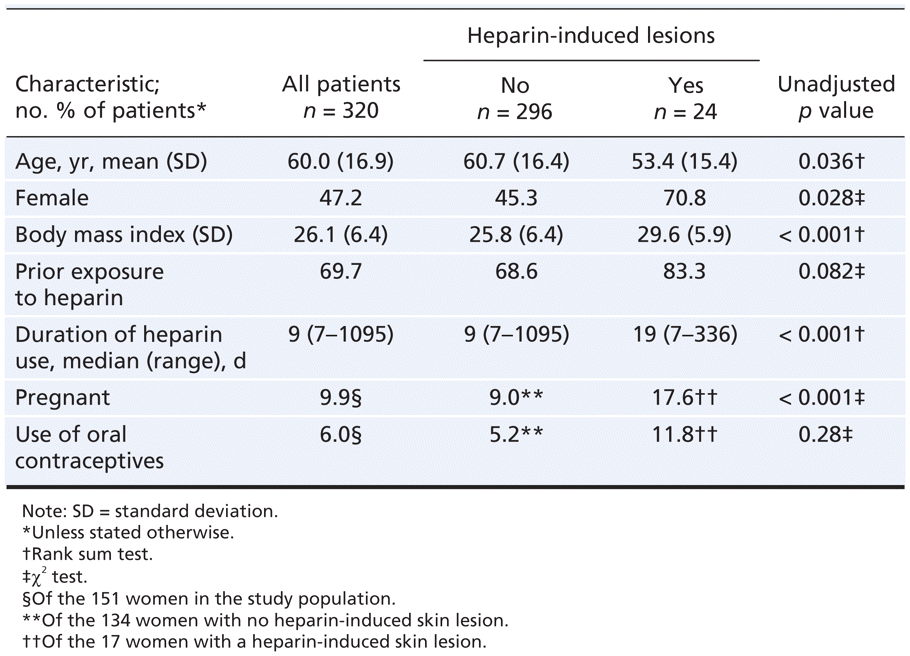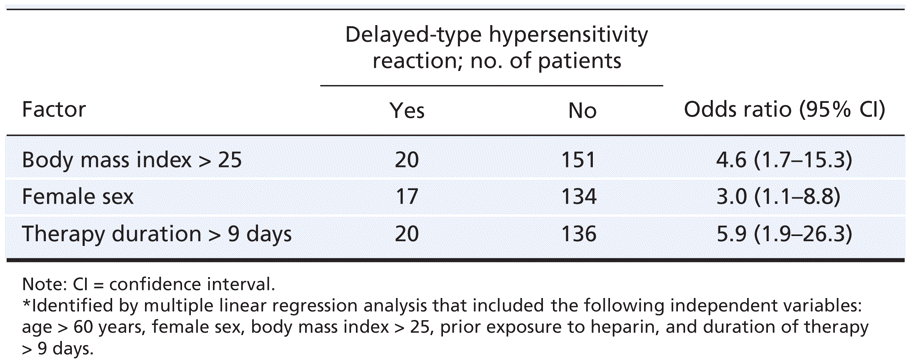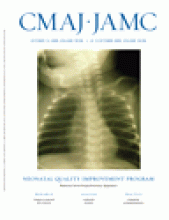Article Figures & Tables
Figures
Figure 1: Clinical spectrum of heparin-induced cutaneous delayed-type hypersensitivity responses. A: A red macula with few papules at a heparin-injection site. B: Widespread erythema and red papules originating from heparin-injection sites on the abdomen. C: Generalized red plaques on the entire abdomen. D: Generalized red papules on the entire abdomen originating from heparin injection sites.














